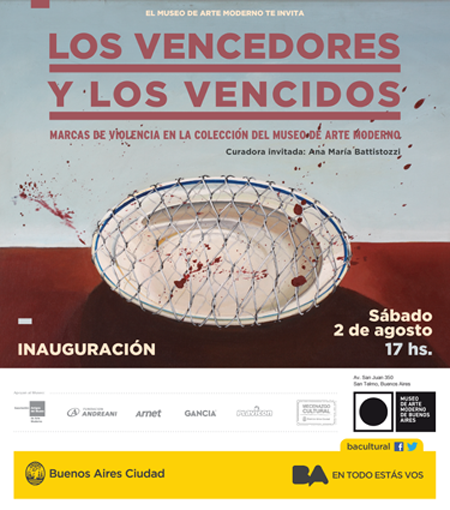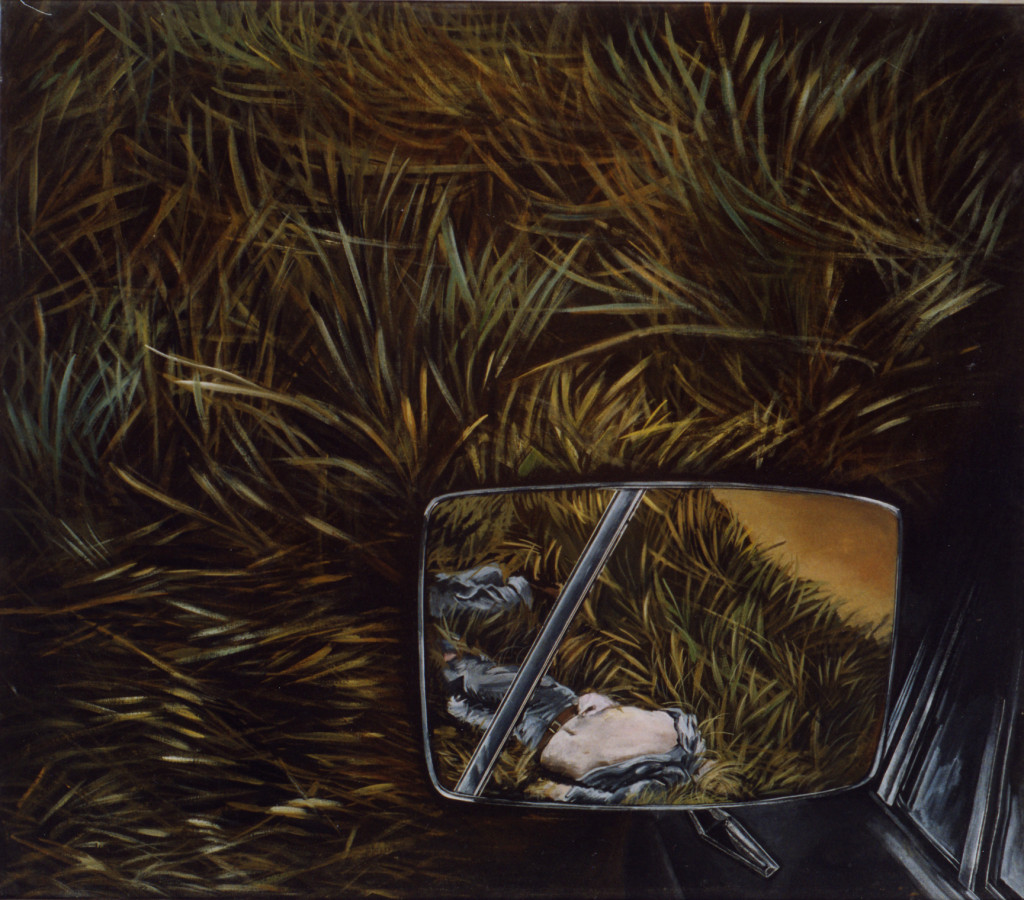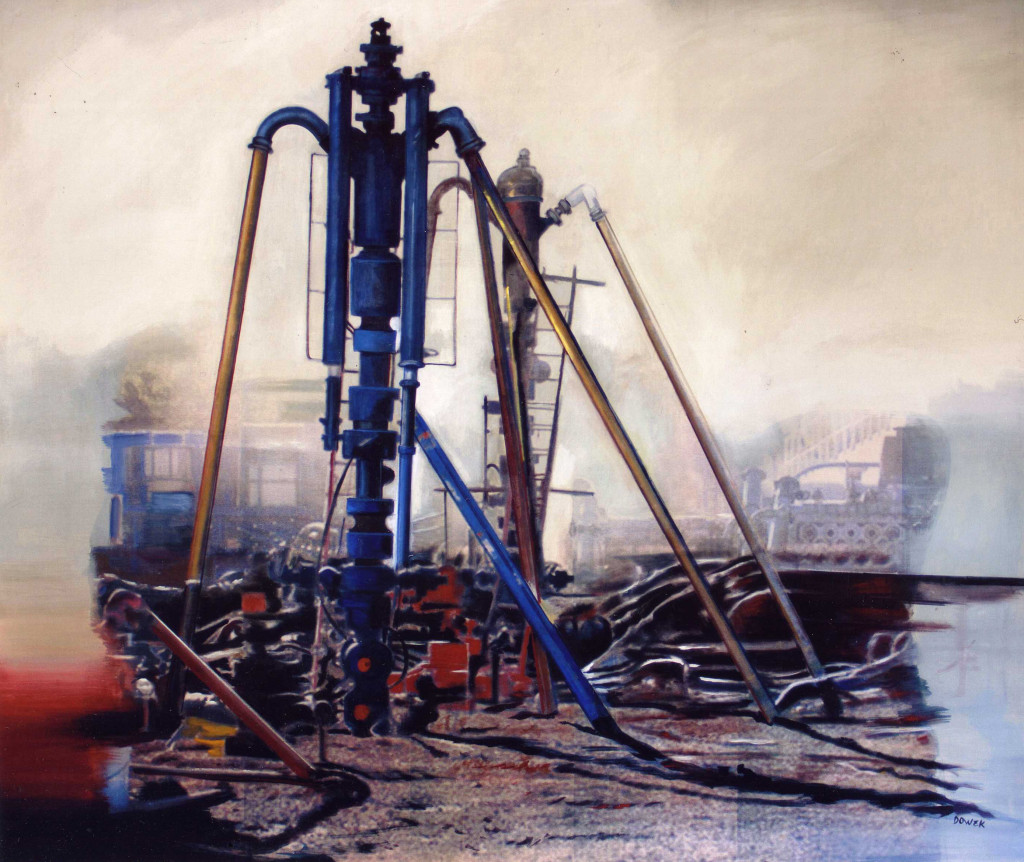Marcelo Brodsky, Photographer and Poet
Ignacio Montoya Carlotto, Musician
Silvia Levenson, Visual Artist
Diana Dowek
Visual Artist
Diana Dowek is a well-known visual artist, living in Argentina for most of her life. When first married in 1964, Diana and her new husband moved to Italy where they enjoyed life, visiting museums and painting. After one year, they missed home, and returned to Argentina, living there every since.
Life in Argentina dramatically changed in 1975. A coup d’état overthrew President Isabel Peron and a military junta took over, led by General Jorge Rafael Videla, Admiral Emilio Eduardo Massera, and Brigadier-General Orlando Ramon Agosti. For the next seven years, Diana witnessed the horrors of state terrorism, familiarly called Argentina’s Dirty War. Military forces conducted guerrilla tactics in rural and urban areas, targeting those they considered leftists, political dissidents (including intellectuals, artists, and students), and socialists. By 1983, some 30,000 people disappeared.
Diana studied at the National Schools of Fine Arts Manuel Belgrano and Prilidiano Pueyreddon. Her early work, before the coup, reflected the social upheaval and workers’ struggles of the Peron reign. She developed a unique style, conveying ideas through metaphors. This work, some 50 paintings, is a quasi-document of the urban uprisings and warnings of what was to come, such as a pastoral landscapes seen through the windshield of a car. In the car’s rearview mirror is a reflection of a lifeless body among the grass by the roadside, leaving us to wonder if the body was thrown from the car.
After the coup in 1976, Ford Falcon cars appeared in her paintings. The Ford Falcon bears great relevance to the power and terrorism of the dictatorship. Police were often seen in unmarked black Falcons without license tags abducting people. Often these people were never seen again. Despite the subject matter, her work appeared in museums and galleries and she was safe, never targeted by the junta, perhaps because they did not understand the subject matter. Other artists she knew who were more direct and spoke out against the dictatorship were imprisoned, went missing, or were killed.
Diana’s current work is extensive, taking on the world around her. She focuses on internal and external situations of conflict such as migration, the environmental and health dangers related to fracking, the crisis of the capitalist system, and oppression. Subjects include the Mothers of the Plaza de Mayo, gender equality, and those persecuted for political reasons or neglected. Her work is both theatrical and quasi-documentary. Her recent art includes a 2007 piece about Mario Rosario, historically recognized as the first to bring recognition to the working woman. In 2008 to 2009, Diana’s “Astilleros Rio Santato” series pays tribute to the struggle of workers who organized as a state enterprise. In 2011 to 2012, Diana produced “Against Fences” that shows a border, an impediment to move freely, which represents a new law that social activists are resisting.

Diana is interested in harnessing the heroic attitude of the people associated with freedom, dignity, and human rights. While she acknowledges that there are setbacks, these goals are achievable and art can help. Diana believes that everyone can do something to change the world, to make it more livable.
Translation:
My landscape of broken wires was in an exhibition of paintings in 1976 or 1978. The mayor, who was attending the opening, questioned my intention and dismissed the painting because he thought I was trying to incite a movement for freedom. He said, “What a display of liberty!” But in fact, the painting was showing the opposite. It was a painting about restriction, which he did not understand.
Translation:
There were threats, they weren’t threats I took seriously. They had not censored me directly. But I was removed from several lists to attend exhibitions and award ceremonies in which I won prizes. And while the directors, curators, and collectors wanted me to attend these events, they had to follow the restrictions set by the dictatorship.
Translation:
I believe my work was more metaphoric, which the junta did not understand. They did not make any restrictions directly to me. Although there were restrictions on many artists who were more outspoken against the government. They were arrested, tortured, and disappeared. It was terrible.
Marcelo Brodsky, Photographer and Poet
Ignacio Montoya Carlotto, Musician


